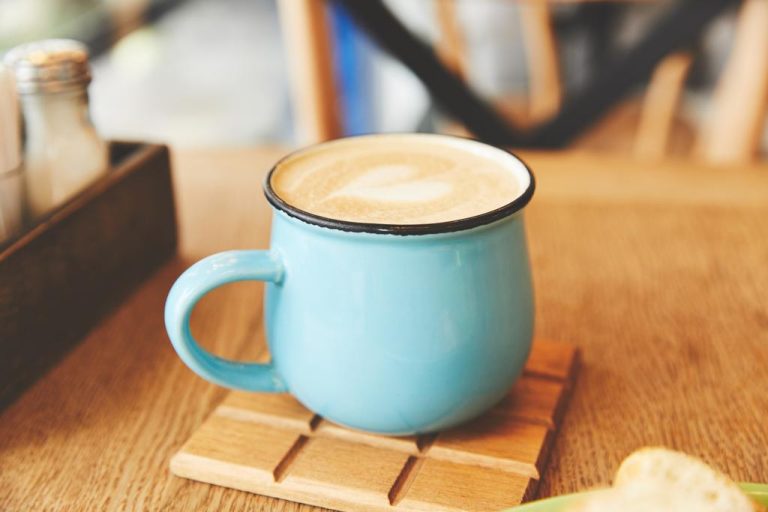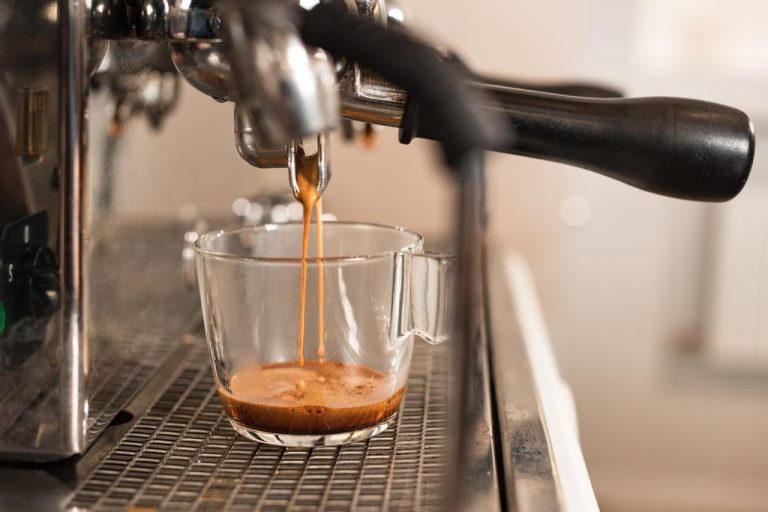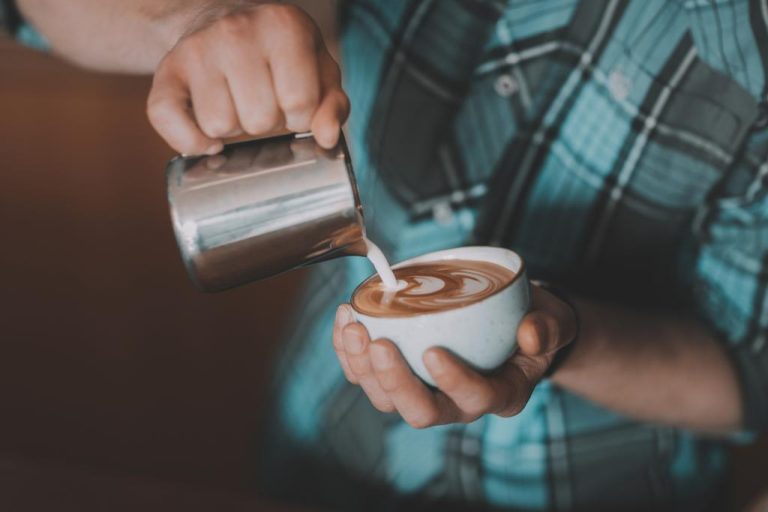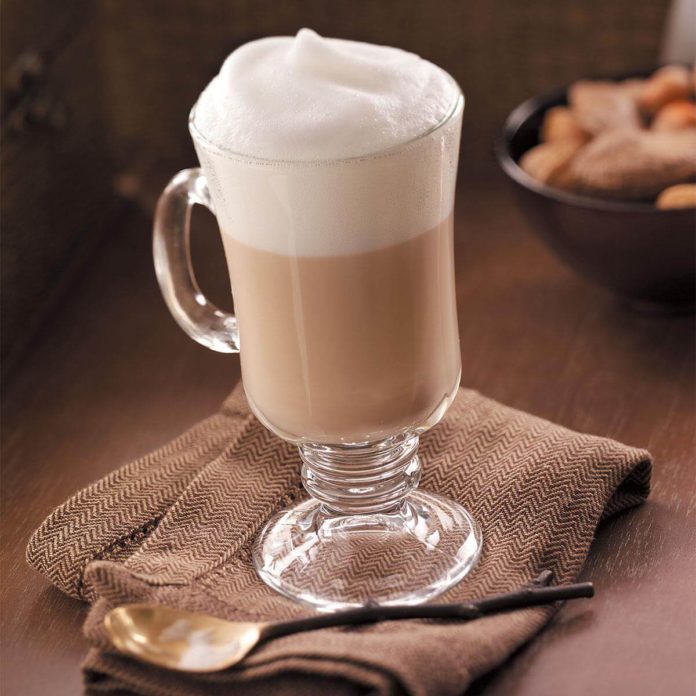Creamy coffee just like in Bella Italia: With the right recipe and professional know-how, you can make your own cappuccino at home, the taste of which will immediately take you back to your last holiday in Italy.
Warming rays of sunshine, the hustle and bustle on the piazza and a cappuccino with perfect milk foam topping – the ingredients for a relaxing holiday! At least the luxurious drink can easily be taken home. Because the recipe for classic Italian cappuccino is very simple: it consists of equal parts espresso, milk and milk froth.
Already knew?
Italians only drink cappuccino in the morning. Due to its high milk content, it is considered to be stomach-filling. In Germany, on the other hand, we enjoy it all day long: with a long breakfast or in the afternoon with pastries.
It all comes down to the beans
First things first: The espresso beans should be of the best quality so that the cappuccino really tastes as good as it does on holiday. You are guaranteed to be on the right track with the high-quality coffees from Mamis Caffè. Which variety you choose is up to your personal preferences.
Gran Crema impresses with the fine crema of the Arabica beans from Brazil, which settles perfectly on the milk.
The full-bodied espresso crema has a soft, intense crema, which unfolds its aroma in the interplay of Arabica beans with a strong Robusta note.
The sweet Amabile with its generous, soft body brings together seductive Dolce Vita with aromatic notes from India and South America.
Dolce Vita already carries the pleasure in the name. Sweet and with a certain spice, Arabica and Robusta beans bring the Italian attitude to life into your cup.
The smooth Deca Coffee is suitable for a delicious decaffeinated cappuccino variant.
What else makes a good cappuccino? That’s right: a creamy, dense foam. For this to succeed, you need milk with a high fat content. Whole milk with a fat content of 3.5 percent is ideal. Without fat, the foam will be watery and won’t stay solid.
All good things come in threes: the cappuccino recipe
Everything together? Now it depends on the mixing ratio. A cup of cappuccino consists of:
⅓ espresso
⅓ warm milk
⅓ milk froth.
For this you need:
Espresso (approx. 25 – 30 milliliters)
milk (approx. 100 – 150 milliliters)
Cappuccino preparation: start with the espresso
Professionals brew their espresso in a portafilter machine. Such a high-end coffee machine has its price and requires a relatively large amount of effort to prepare. However, if you regularly enjoy cappuccino at barista level, the investment can be worth it. You like it less complicated? A small espresso pot for the stove, a so-called Bialetti, also does a good job. The espresso is quick and easy with a fully automatic coffee machine, a pad or capsule machine.
Of course, you know best which method best suits your everyday life. At Mamis Caffè you will find your favorite variety for every type of preparation: as a whole bean, ground coffee, pad or capsule.
It’s all in the milk: this is how the perfect milk froth succeeds
In order to produce a stable milk froth, it is important that the milk is not too hot. As the owner of a portafilter machine with a steam nozzle, you are on the safe side. Here you use hot steam to heat milk in a jug and froth it at the same time. It’s even easier with a fully automatic machine. Most models conjure up a decent amount of milk foam at the touch of a button.
Alternatively, simply heat the milk on the stove. A temperature below 65 degrees is ideal, it should never boil.
You can then either froth the warm milk with a special milk frother or use a hand blender or a whisk. What actually works: a sufficiently large, empty mason jar. Pour in the warm milk and shake vigorously: a fine froth forms.
For your cappuccino you need milk froth, milk and espresso in equal parts. Froth until the volume of the milk has roughly doubled.
Expert tip: Professional baristas briefly knock the pot onto the table after heating the milk. In this way, unwanted bubbles escape from the milk and the froth becomes more even.
The final touch: Serve the cappuccino
Once you have prepared your espresso, first pour it into a preheated cup. Now it’s time for the milk, which you pour into the cup with a flourish. First hold back the foam with a spoon. You use it in the last step to crown your drink with it.
Et voilà: the homemade cappuccino is ready and tastes at least as good as in your favorite café in Milan or Rome.
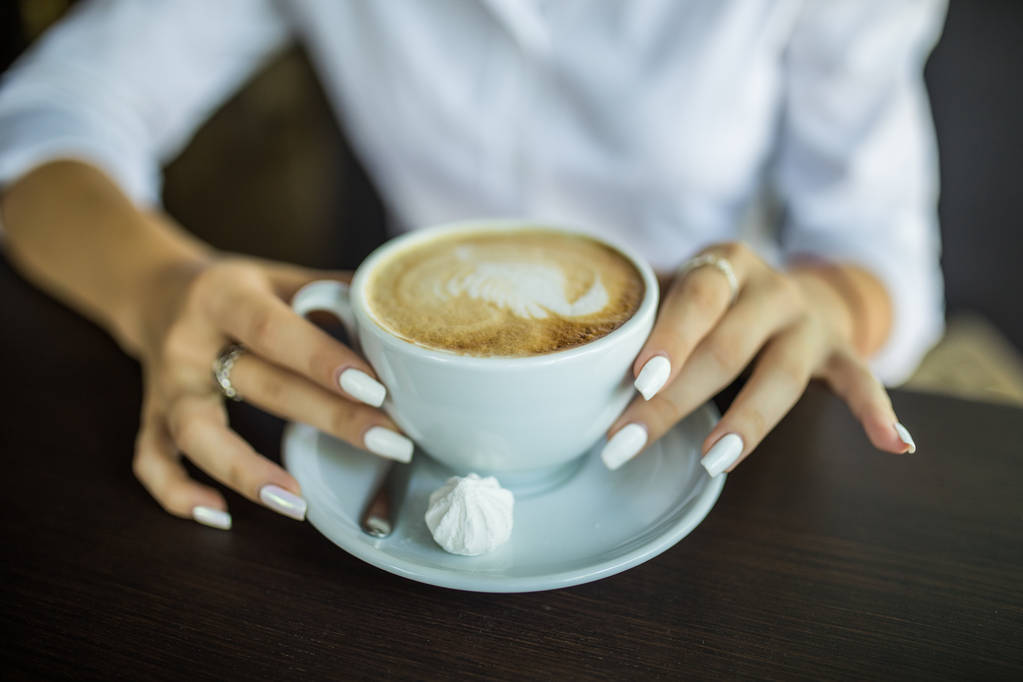
Art in coffee: create latte art like a barista
Professionals refine the cappuccino with artistic motifs in the milk froth, the so-called latte art. The patterns in the crema are created when you pour the milk onto the espresso with a lot of energy and small, targeted movements. This requires finesse and practice. Would you like to surprise your guests with artistic masterpieces on milk froth? Most major cities have barista classes that will teach you the basics in just a few hours.




